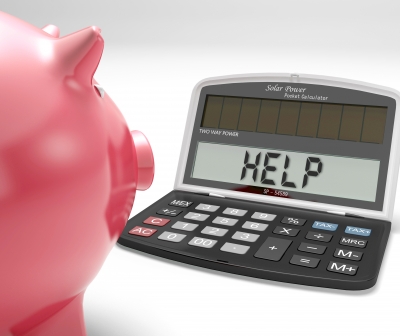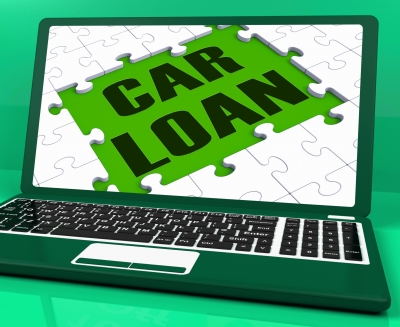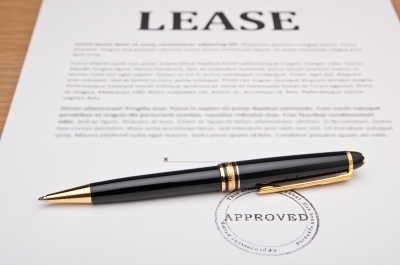Bankruptcy is a terrible thing to have to go through and one of the biggest challenges once everything is done is figuring out what to do next. If you’ve declared bankruptcy and still in a need of a car, an important fact is that despite what just happened, you can still buy a car. The added burden you’re taking on is more of a mental stigma, something that will make you believe that you should take the first deal that jumps out at you, that since you’ve got this black mark on your credit report that you are untouchable by dealerships and loans. This is not the right mindset.
Know that you’re not alone in bankruptcy. According the American Bankruptcy Institute, since the start of the recession at the end of 2007, more than 7 million people, both single individuals and couples, have filed for bankruptcy. You’re not going to be the first person with a bankruptcy mark looking for an auto loan to get a car.
When you apply for an auto loan, the lenders will be looking at your track record as much as your bankruptcy. They’ll see how your payment history was on things such as previous car payments and mortgage payments. They’ll check to see if you’ve gotten back on track after missing payments. This can lead to different reactions from different lenders, but as long as you’re willing to persevere, you should be able to find an auto loan for the vehicle you need.
Dealing with a bankruptcy is difficult, but getting a car is still possible. If you need help navigating the process, be sure to contact us at Bayside Chrysler Jeep Dodge. If you need further assistance in finding financing for a new vehicle on bad credit, contact our financing department. We love to say yes, you’re approved! Be sure to like Bayside on Facebook, following on Twitter, or subscribing on YouTube.



